Hikone Castle Town
Hikone Castle is one of the best castles and castle towns in Japan. I read somewhere on the Hikone website in Japanese where they humbly say that there are "few" remains of the original castle town. I daresay Hikone has a lot more to offer than most castles. Himeji Castle is of course bigger. It has more complete and original castle structures to see, but little remains outside the main compounds. From the main keep to the edge of the outer moat I would give more total points to Hikone Castle. The only problem is.... it would take days to see everything! It's OK to be satisfied with just the main compounds but if you have some extra time or find yourself on a second trip to Hikone, there is a lot more to offer in the castle town. I find something new with every trip to Hikone. They really need better materials, signage, or guide books because there is surprisingly little information about the other interesting sites of the castle town. It would be especially helpful since they are trying to get registered as a World Heritage Site. Well, let's start correcting that!
〜Outer Moat 外堀〜
The Outer Moat has been mostly developed over. I have not fully explored it yet, but there are some interesting remnants to be seen. A small park on the southeast side has some remnants of the outer moat as a small stream today. Across the stream may be found the main hall of the the Hanko (Han School / Domain School) which was relocated here in 1913. The building is no longer in use and is not open to the public but a sign on the site says there is a plan to restore it.
Following along the outer moat you will also find some remnants of the embankments.
~ Sawayama Castle Gates ~
There are also two gates that were relocated from Sawayama Castle.
〜Middle & Upper Class Samurai Homes〜
Let's start with the Middle and Upper Class Samurai homes. Technically, the only extant middle/upper class samurai home is the Ohmura Residence which is not open to the public. It has an original house, gate and nagayamon preserving the complete picture of a samurai home. Hopefully, it will one day be open to the public. The Umoreginoya, was a residence of the Hikone Domain just outside the Ninomaru Bailey for family of the daimyo. Ii Naosuke lived here before becoming Daimyo.
There are also 4 great Nagayamon Gates of former samurai residences that remain near the castle. In the Hikone Domain, the style and size of a Nagayamon was determined by your class standing. Of particular note is the Ikeda Residence Nagayamon Gate, which is often open to the public on weekends. It is particularly interesting because it has been well studied and part of the gate was preserved as a stable as it originally would have been. Nagayamon often had one compartment for servants and another for keeping a horse. The horse stable compartment has often been converted to other uses over the years.
The other nagayamon gates include:
〜Ashigaru Neighborhoods〜
The area of the Hikone Castle town I found to be most interesting is the Ashigaru neighborhoods. Ashigaru were typically employed by the samurai class as short term foot soldiers when needed, but in some domains they were considered low ranking samurai under the employ of the domain itself. The ashigaru of Hikone were full time employed soldiers, who doubled as civil servants to run the machinations of the domain, conduct maintenance on the castle structures and act as guards throughout the city. In other domains ashigaru typically had a small apartment in a row house (see Annaka Row House (Annaka Castle) and Shibata Ashigaru Nagaya (Shibata Castle) and Matsusaka Gojoban Yashiki (Matsusaka Castle)) for similar row houses), but in Hikone they were each provided with their own walled plot of land with a small house, garden and a gate (see also Kanazawa Castle Takanishi Residence). Even by modern standards the plot of land is an ideal size for a single family home. Certainly anyone living in typically small Japanese apartments would be happy to have such a home, I certainly would!
At the end of the Edo Period, there were estimated to be around 1200 ashigaru homes in Hikone, of which about 30 are left today. The yellow areas of this map indicate the location of ashigaru neighborhoods. The ashigaru of Hikone were split into several divisions: Nakayabu, Seri, Kiritoshi-jo, Kiritoshi-ge, Daiunji, Kita, and Naka. Each had residences in a different part of the town. The yellow areas of the map at the right indicate the ashigaru neighborhoods.
The Kita district was near the Hikone Train Station. You may get some sense of the narrow streets and small plots of land but there does not appear to be any clearly original preserved buildings. The first photo below is nearly the same location and angle as one from a city brochure. The caption says there are only a few ashigaru buildings remaining in this area, but doesn't necessarily say if these buildings are original or just show the atmosphere.
The Katsurada Residence is the only preserved home of the Naka District and the Takigai Residence is the only one in the Nakayabu district.
All the other protected/preserved ashigaru homes are in the Seri District. The west side of the castle is well protected by the lake and the north and east by mountains so when Hikone Castle was designed, they straightened out the route of the Seri River and created a natural defense here too.
This area between the sotobori (outer moat) and the Seri River was filled with ashigaru homes of the Seri District ashigaru. The homes were built with little to no space between them. The streets are so narrow you can barely fit a small car on them today and even two passing bicycles need to be careful! These streets have numerous T-junctions, dead ends (dontsuki), and doglegs (kuichigai) to create a maze like structure and confuse and separate any attackers.
The highlight of the Ashigaru neghborhood is probably the original Tsuji Bansho or Tsuji Guard House, currently connected to the Isojima Residence. Originally it was not connected to the house, but still stood at this location, on the corner of a kuichigai. Neighrborhood ashigaru manned the guard house on rotation. You can see how it conveniently looks down both streets due to the dogleg in the street. There were several such guard houses throughout the district but only this one remains. See the profile of the Isojima Residence for more details.
Historians actually think that this area would have confused only small forces or would have only been useful against a sneak attack. In the event of a large scale battle the defenders would have probably set the neighborhood on fire to create a wall of fire and then an open battleground after the blaze that could be easily defended by using the temples in the temple district as outposts for the first line of defense. Brilliant!
Try to tell me they did not have battle outposts in mind when building these !
There were over 700 Seri-gumi ashigaru homes in this neighborhood at the end of the Edo Period. Of the 28 extant homes in the Seri district, some have been modernized and still lived in today, some are abandoned but a few have been repaired or restored to highlight their heritage and are open to visitors for only one weekend in October every year.
The preserved residences and narrow roadways contribute to maintaining the old castle town atmosphere. Even on the plots of land where the homes have been demolished in favor of new buildings, the land is sufficiently large enough for a modern home. Because of this, the layout of the streets and town is essentially unchanged in this area. The original homes are now protected and owners are expected to maintain them. As generations and times change we may see more of them opened to the public in the future. In total, 12 homes have been registered as Hikone City Cultural Assets and can be seen below. The Isojima Residence is open on weekends and holidays. The Murayama Residence has been turned into a cafe and the Hayashi Residence is now a gallery and cafe, open at irregular hours.
These are the 18 Ashigaru homes I've identified so far.
In the spring of 2022 a crowdfunding campaign (to which I also contributed) created a virtual online Ashigaru Residence museum and Youtube videos of several of the above. The homes in these videos and a few others are also open to the public during one weekend each October. With these recent activities I really hope they turn this into more of an attraction in addition to the castle.

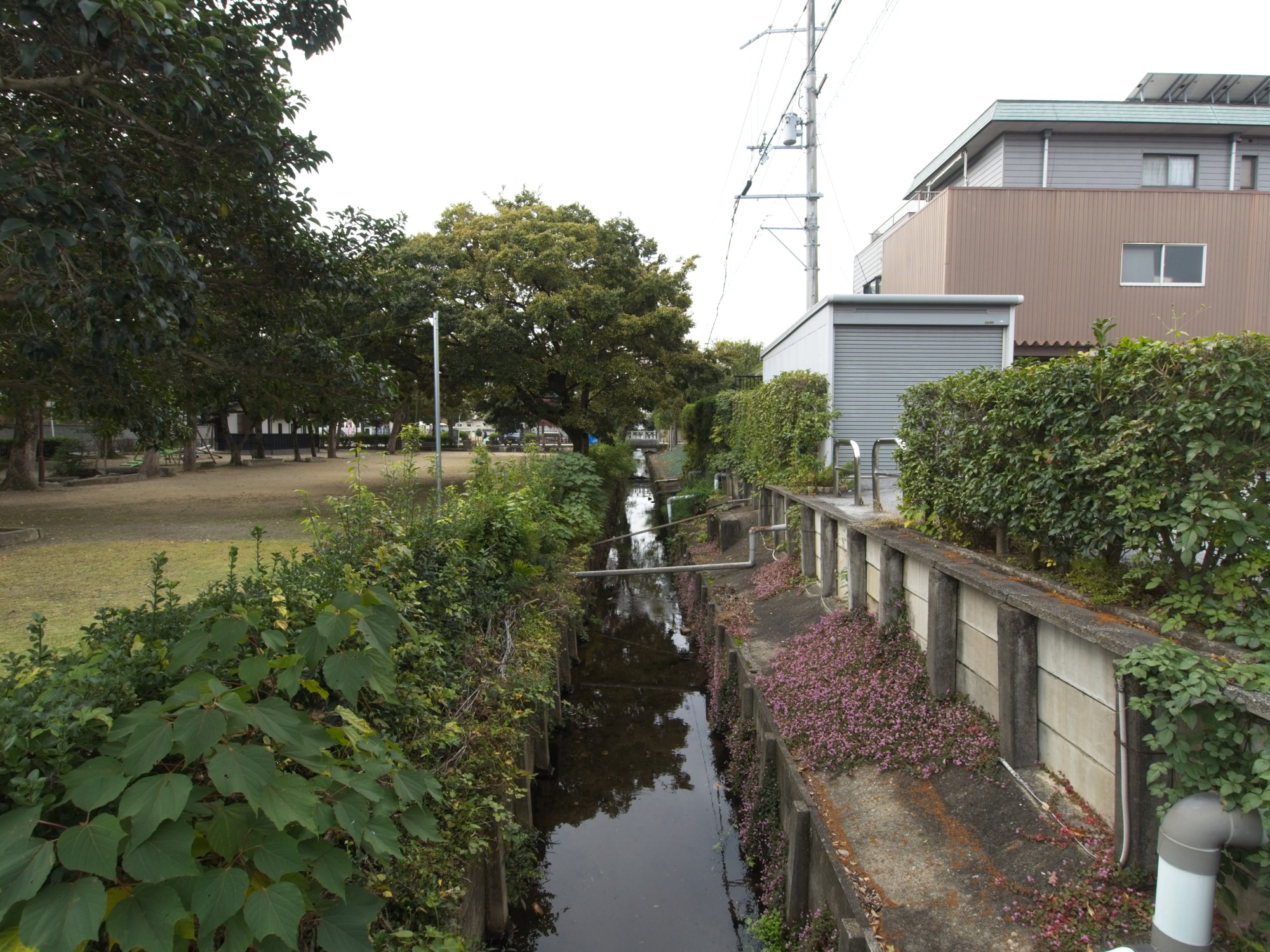
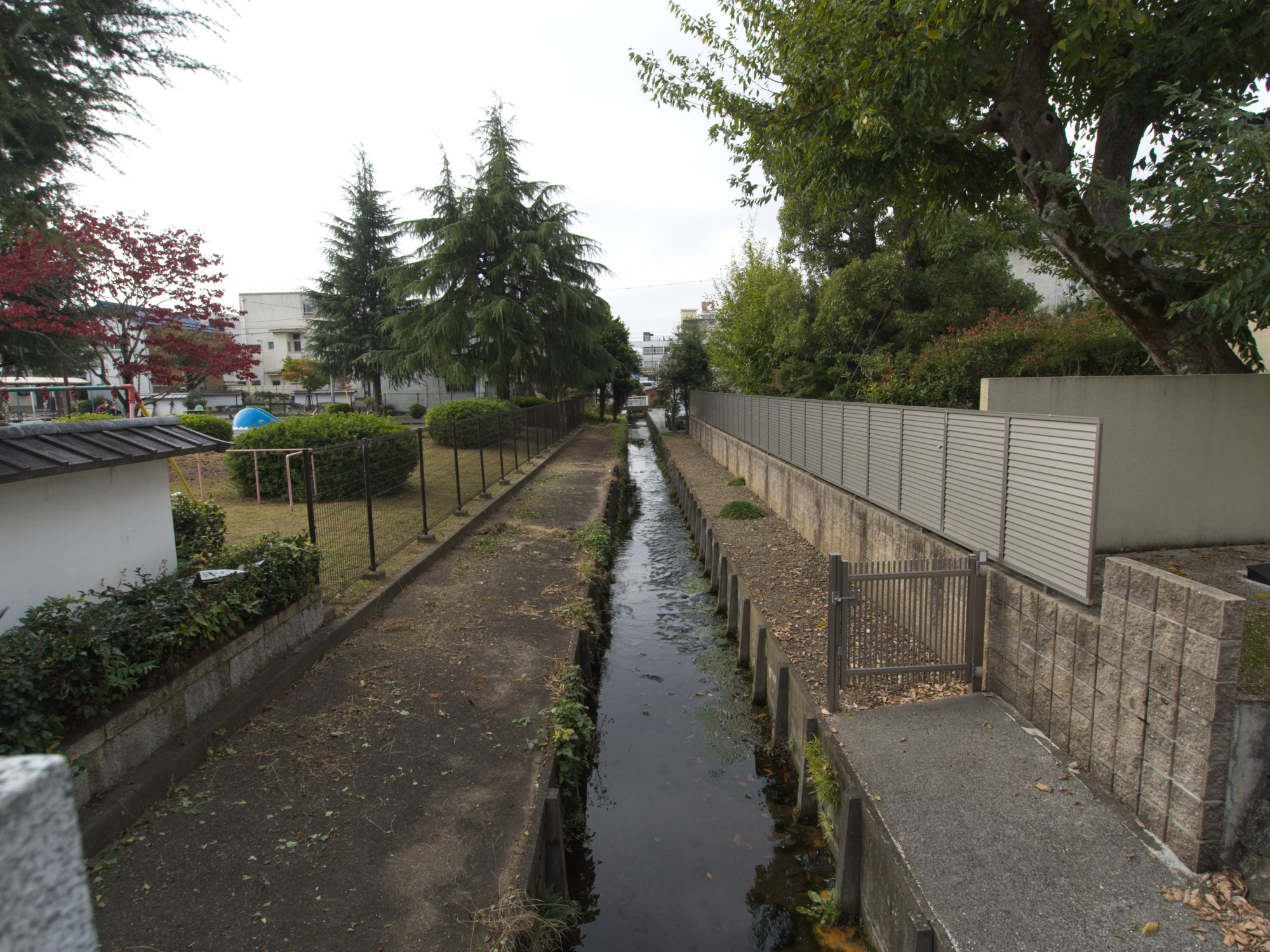
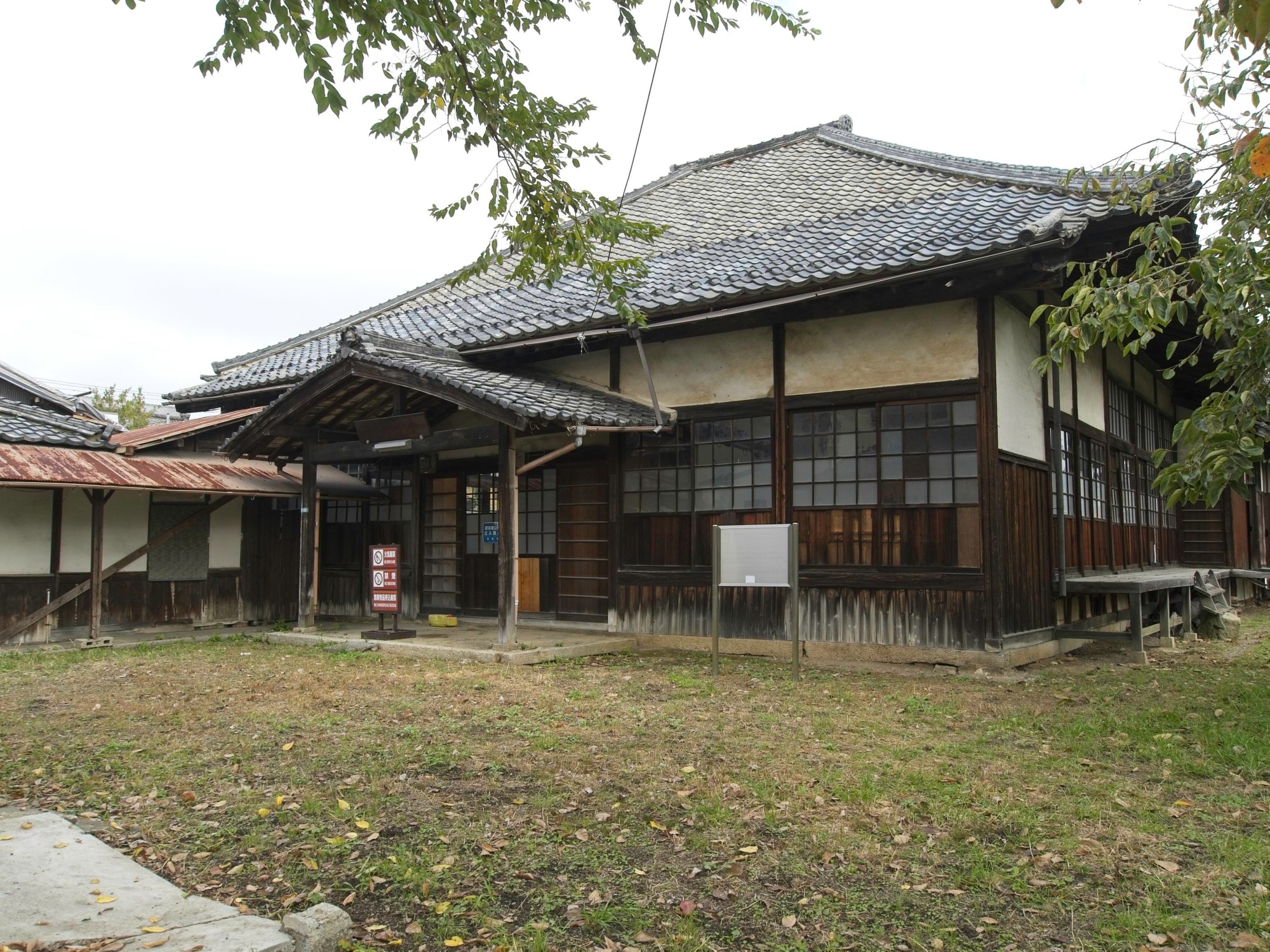
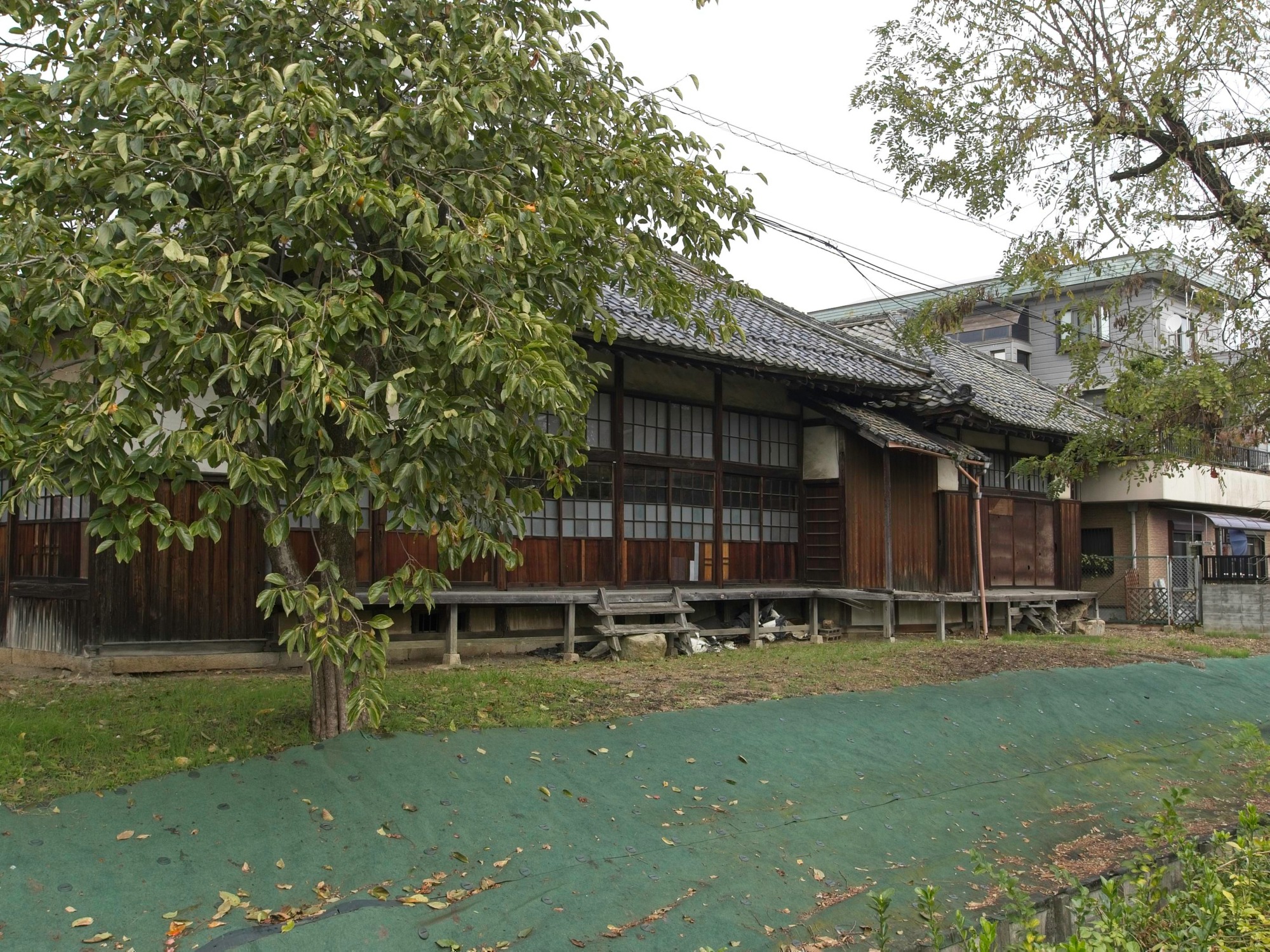
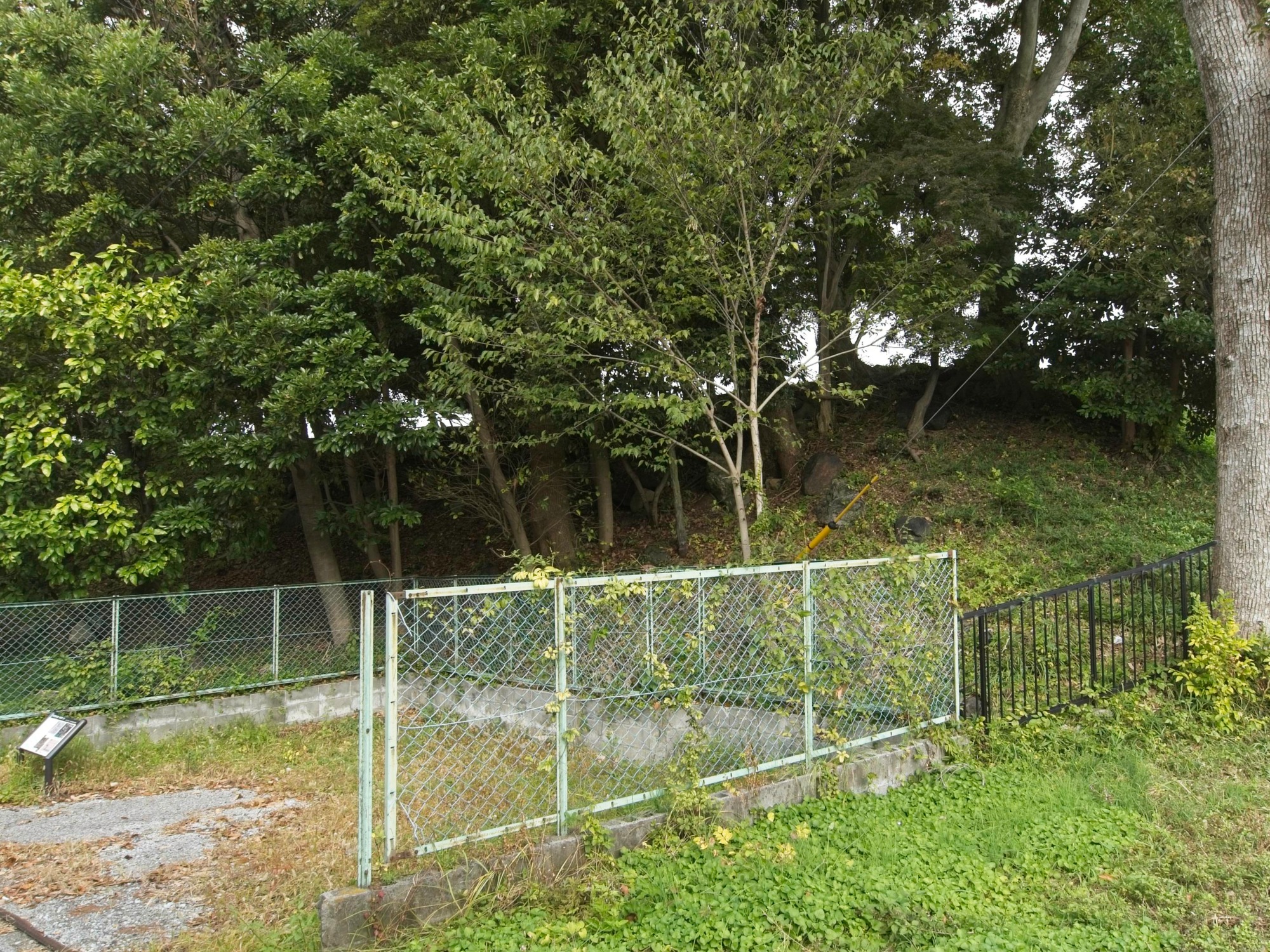
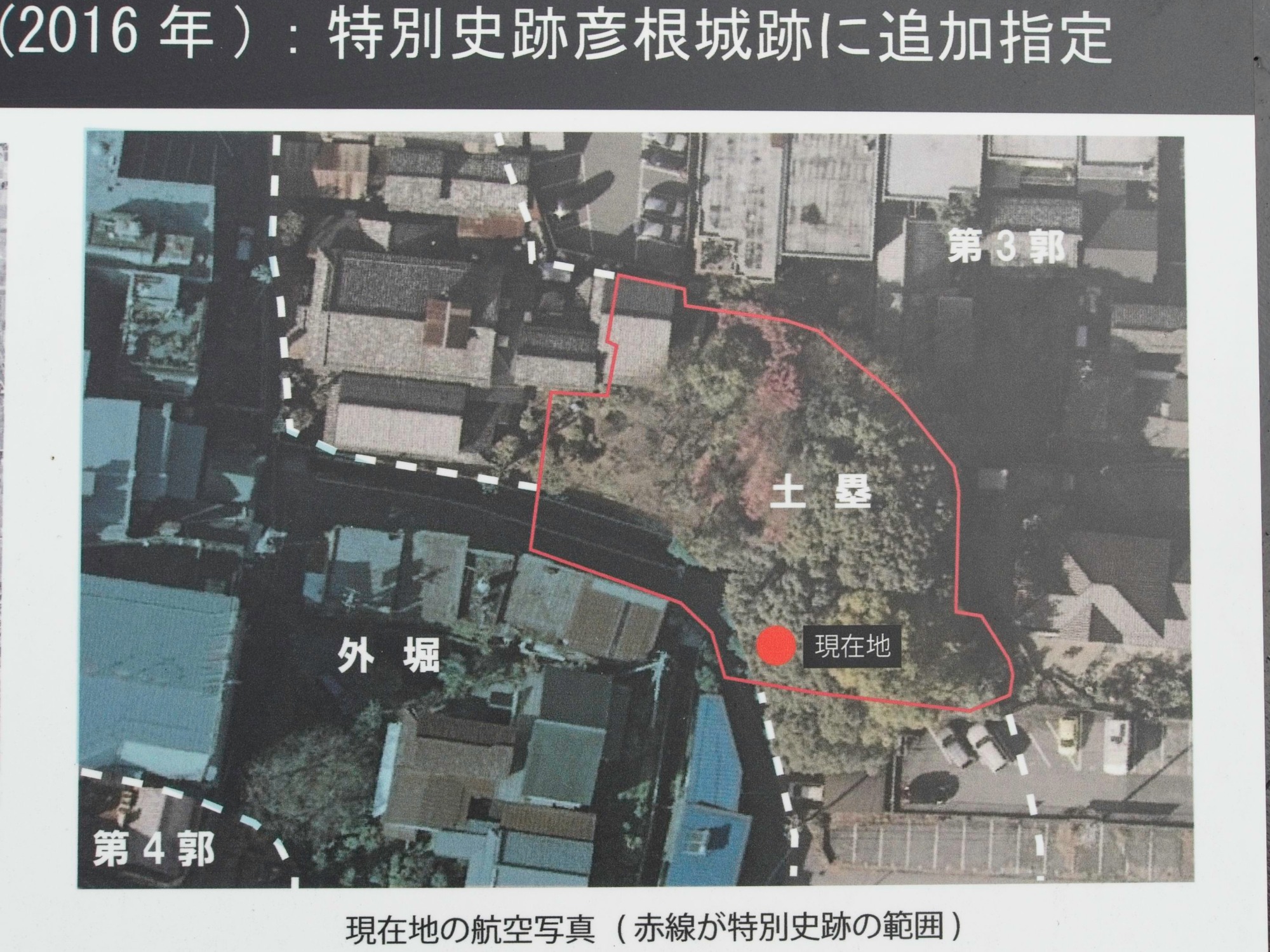
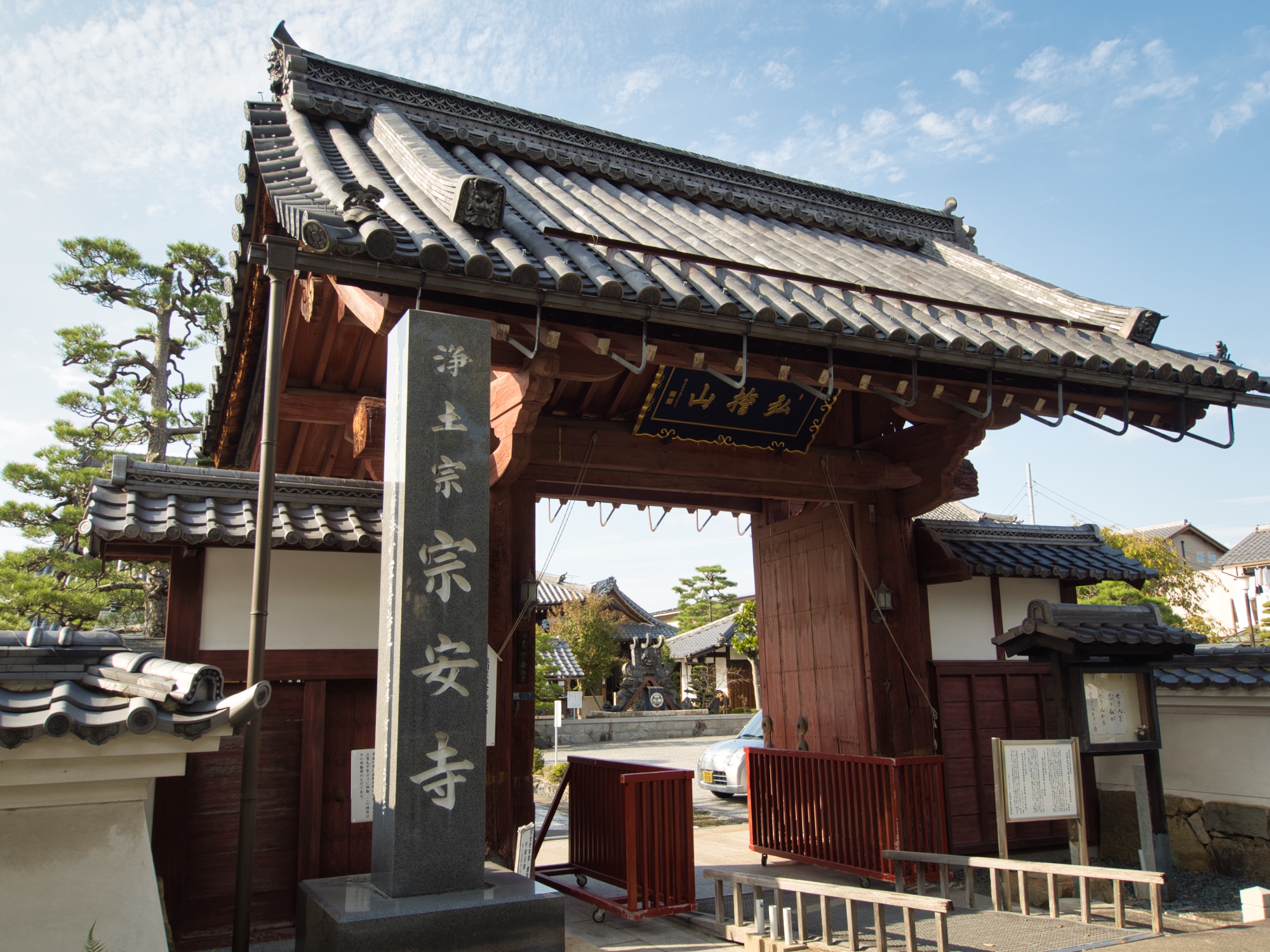

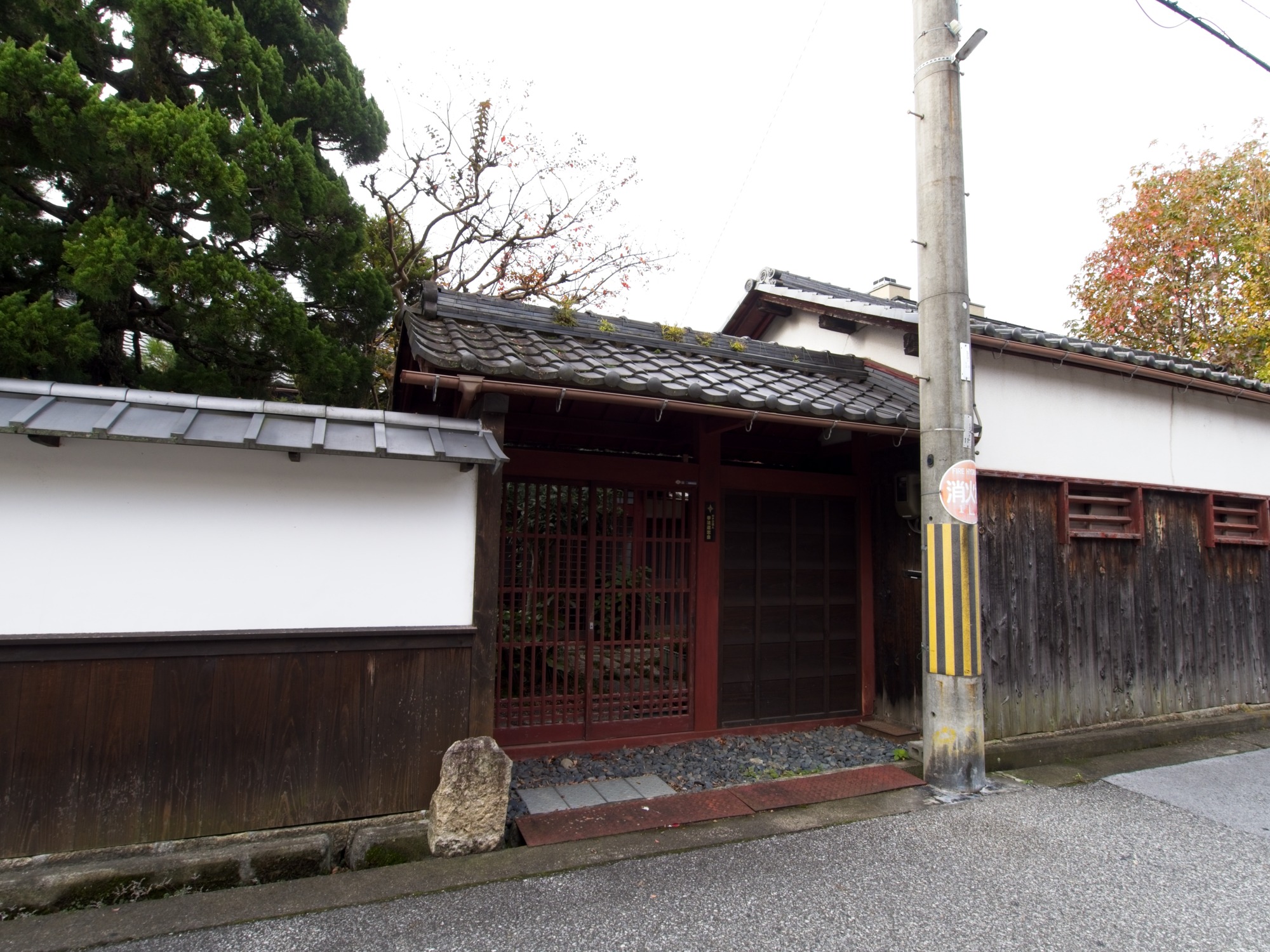

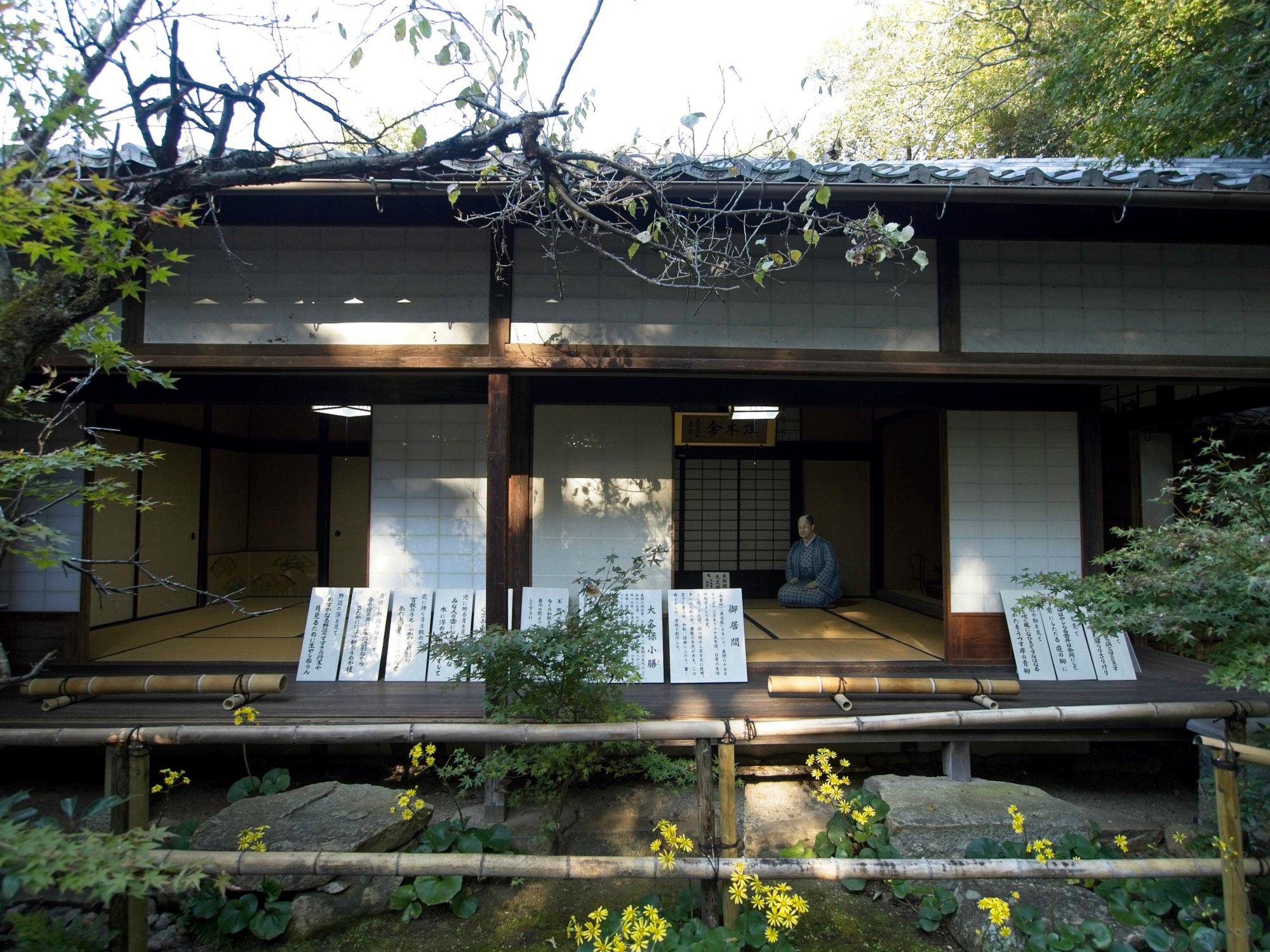
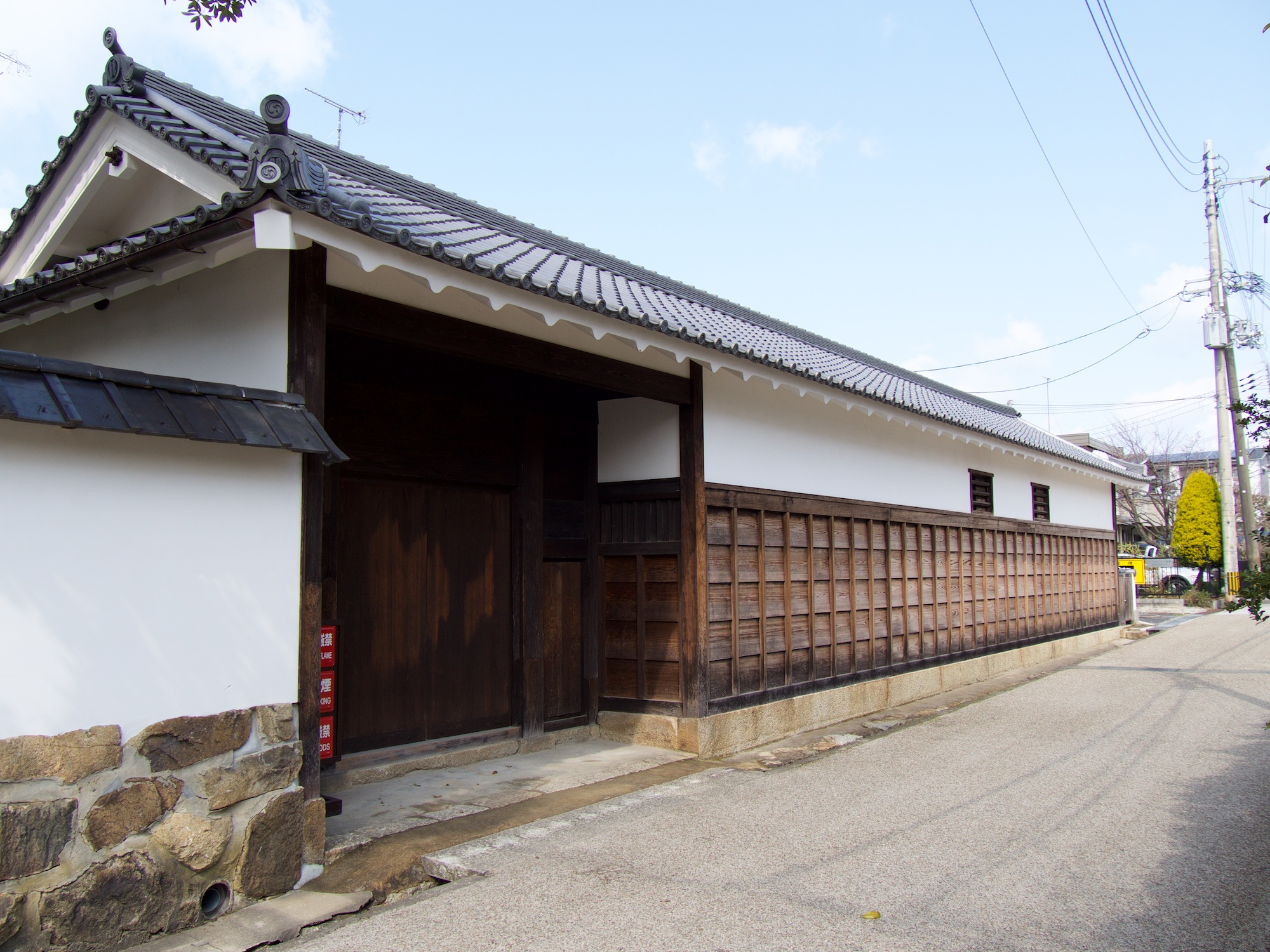
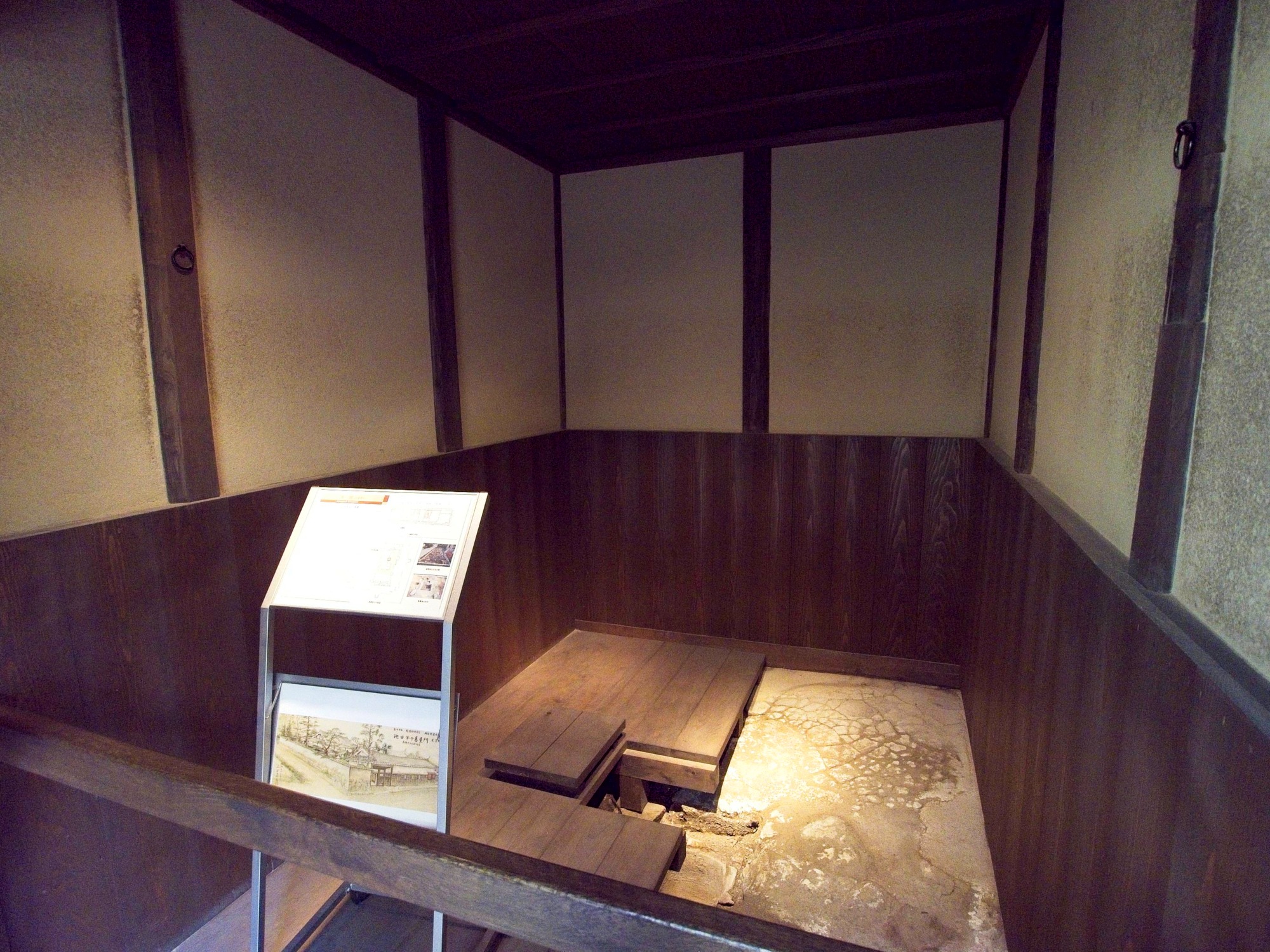





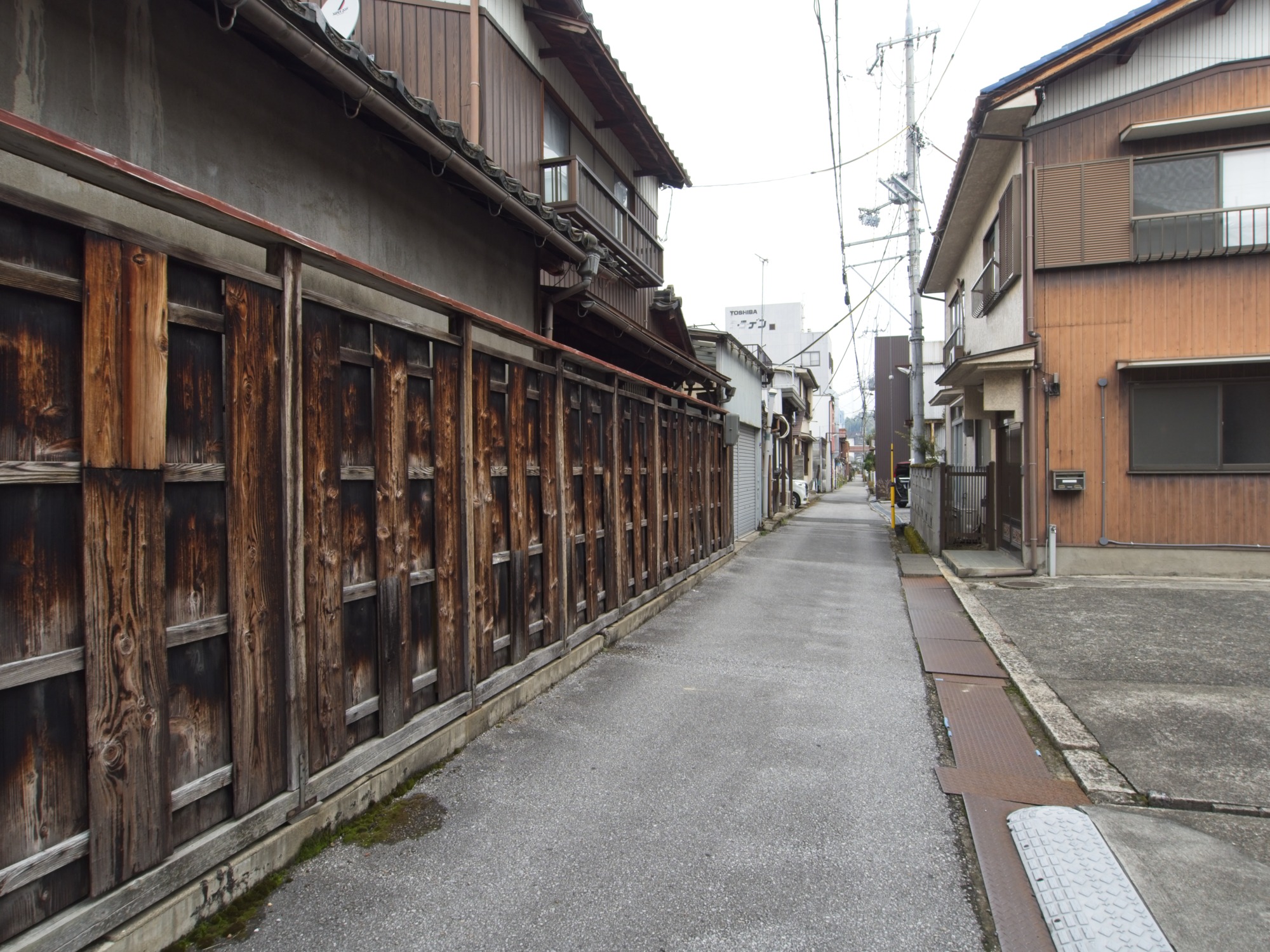

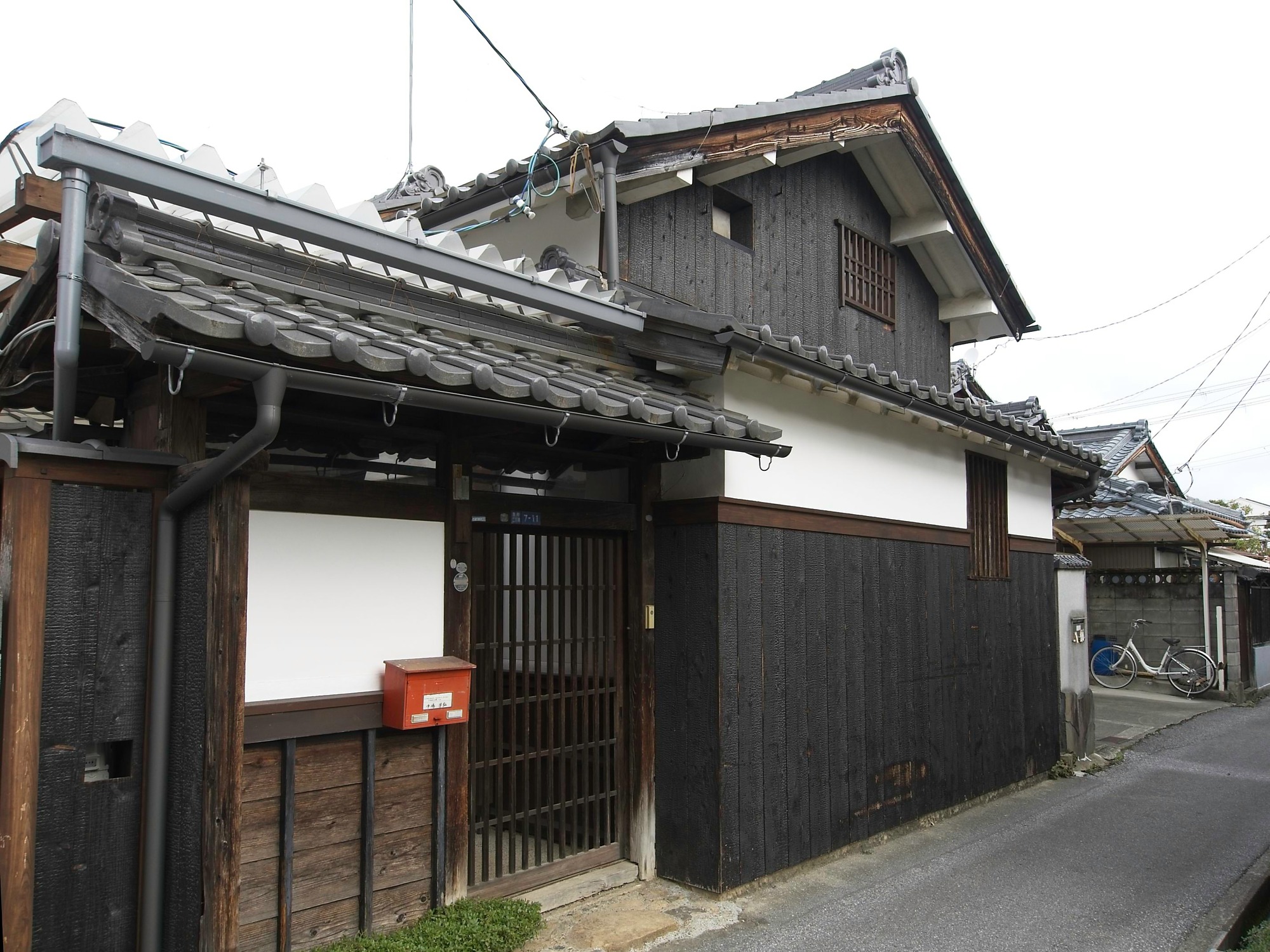






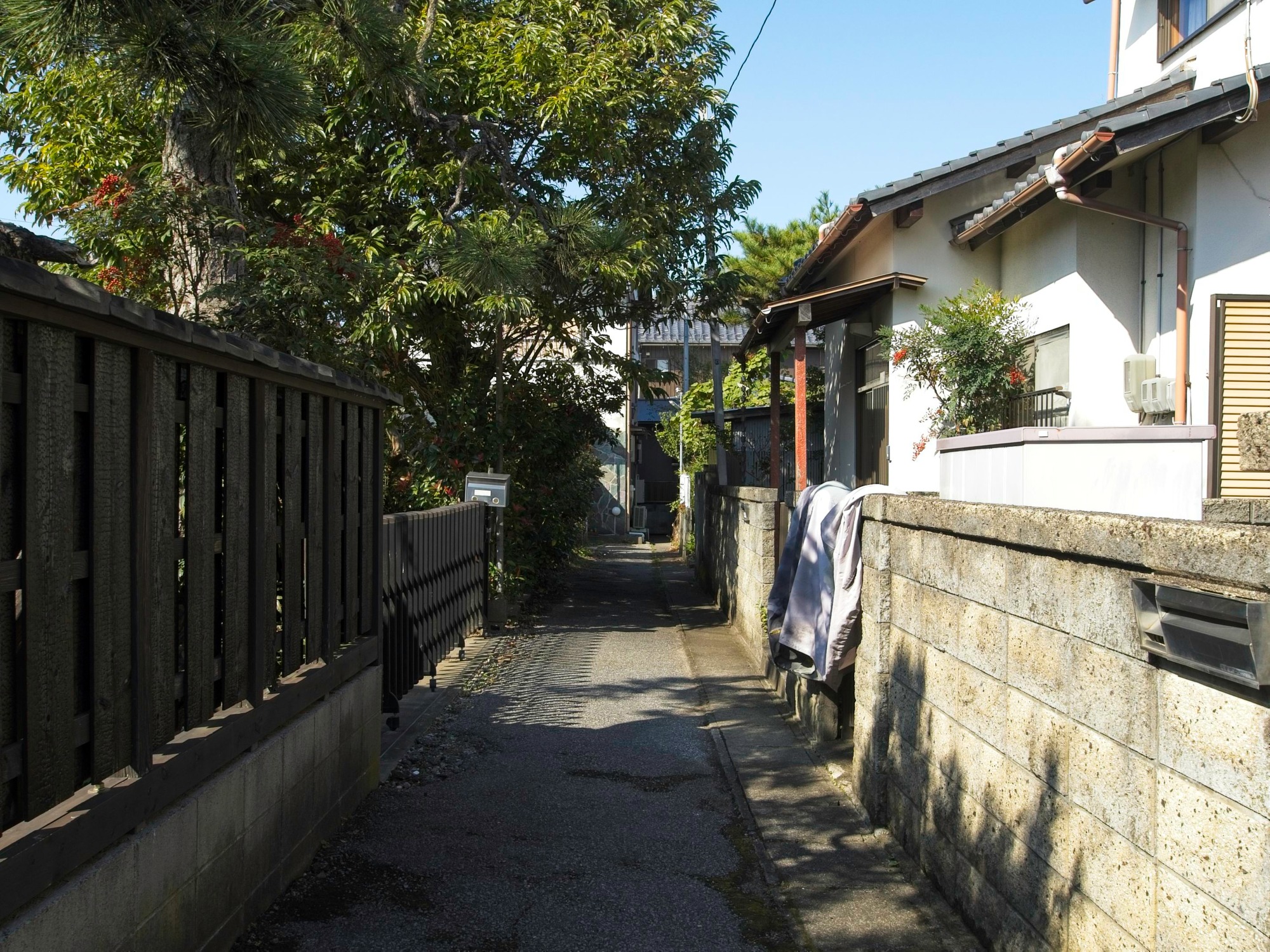




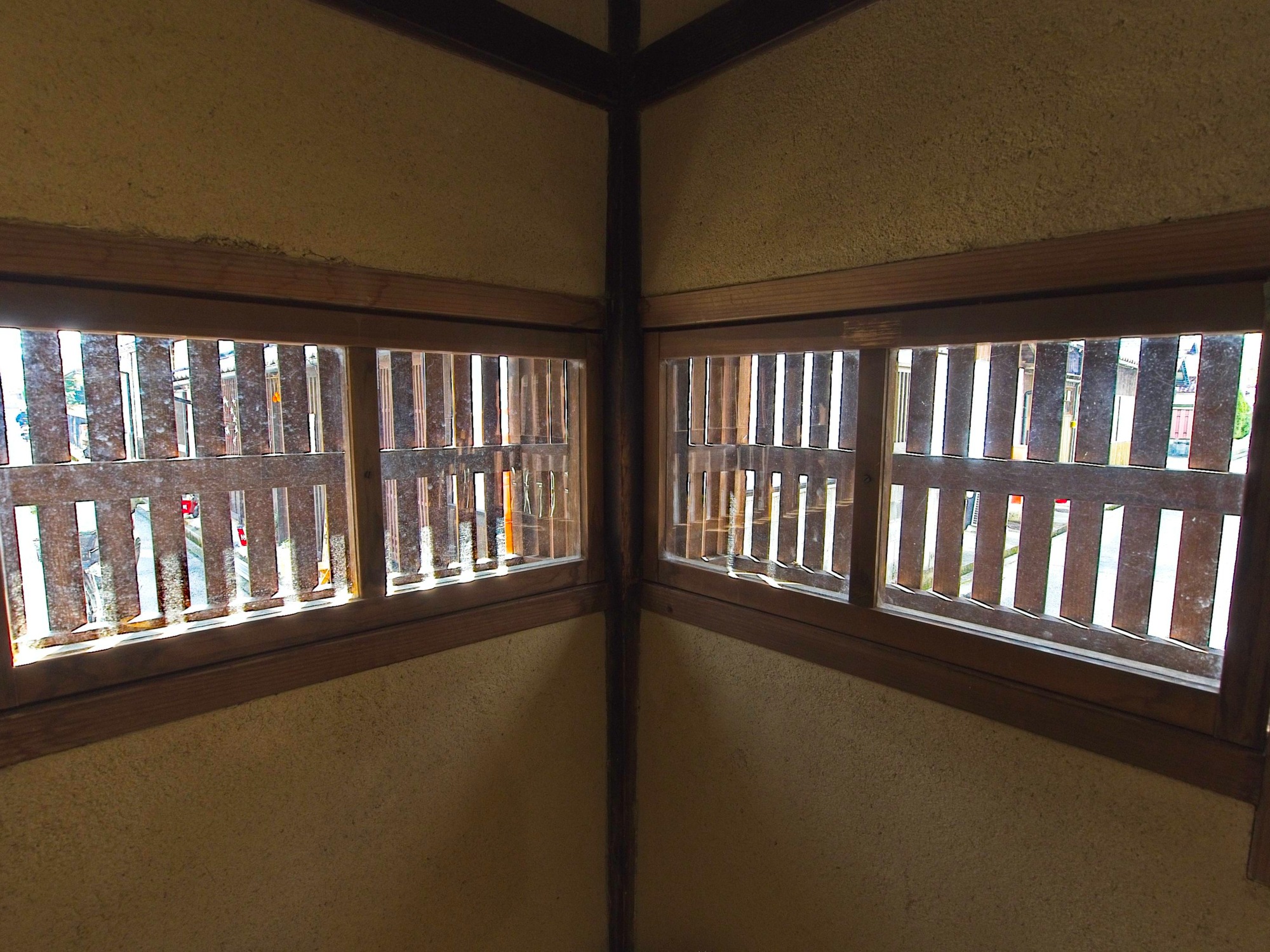
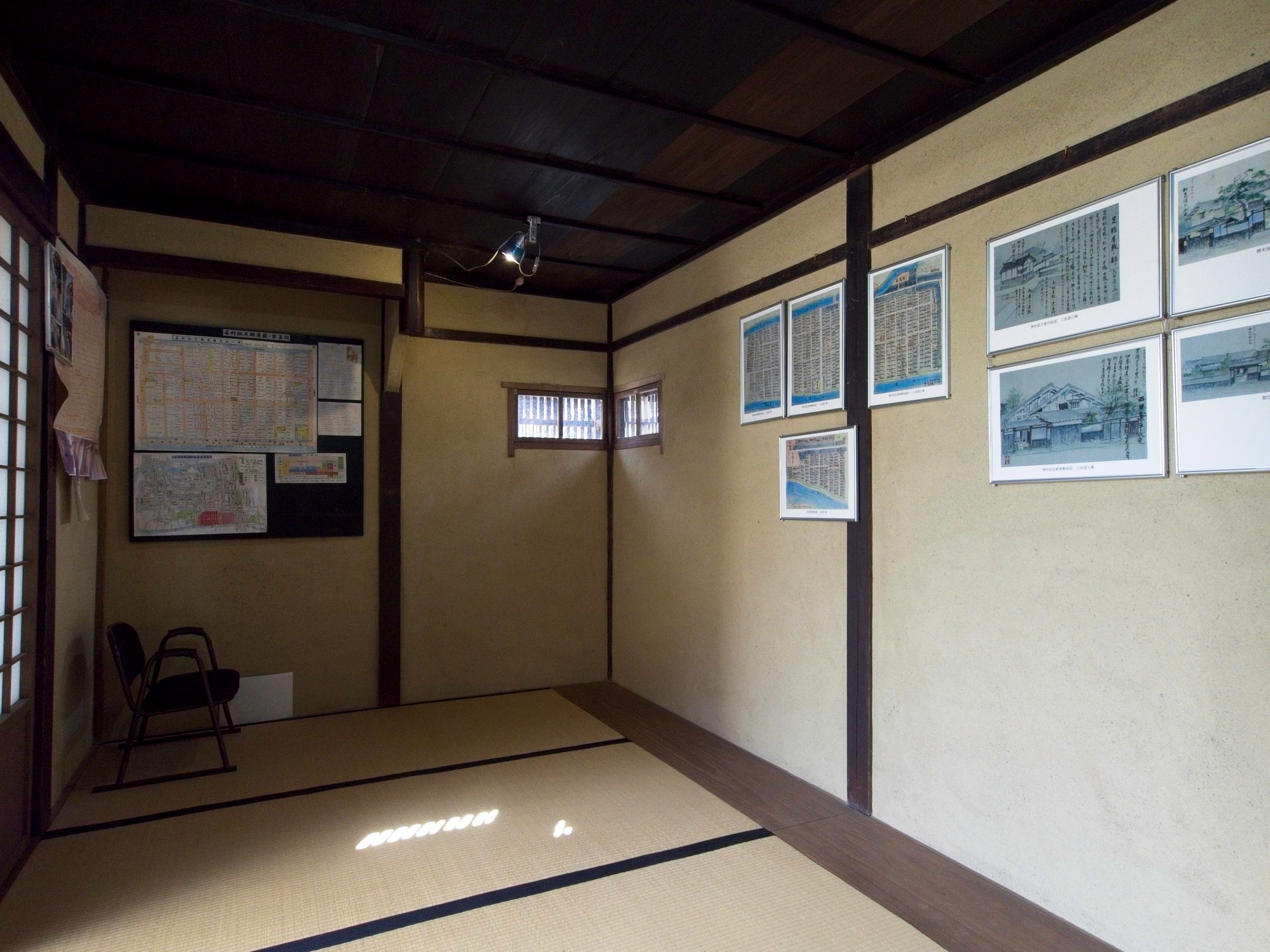
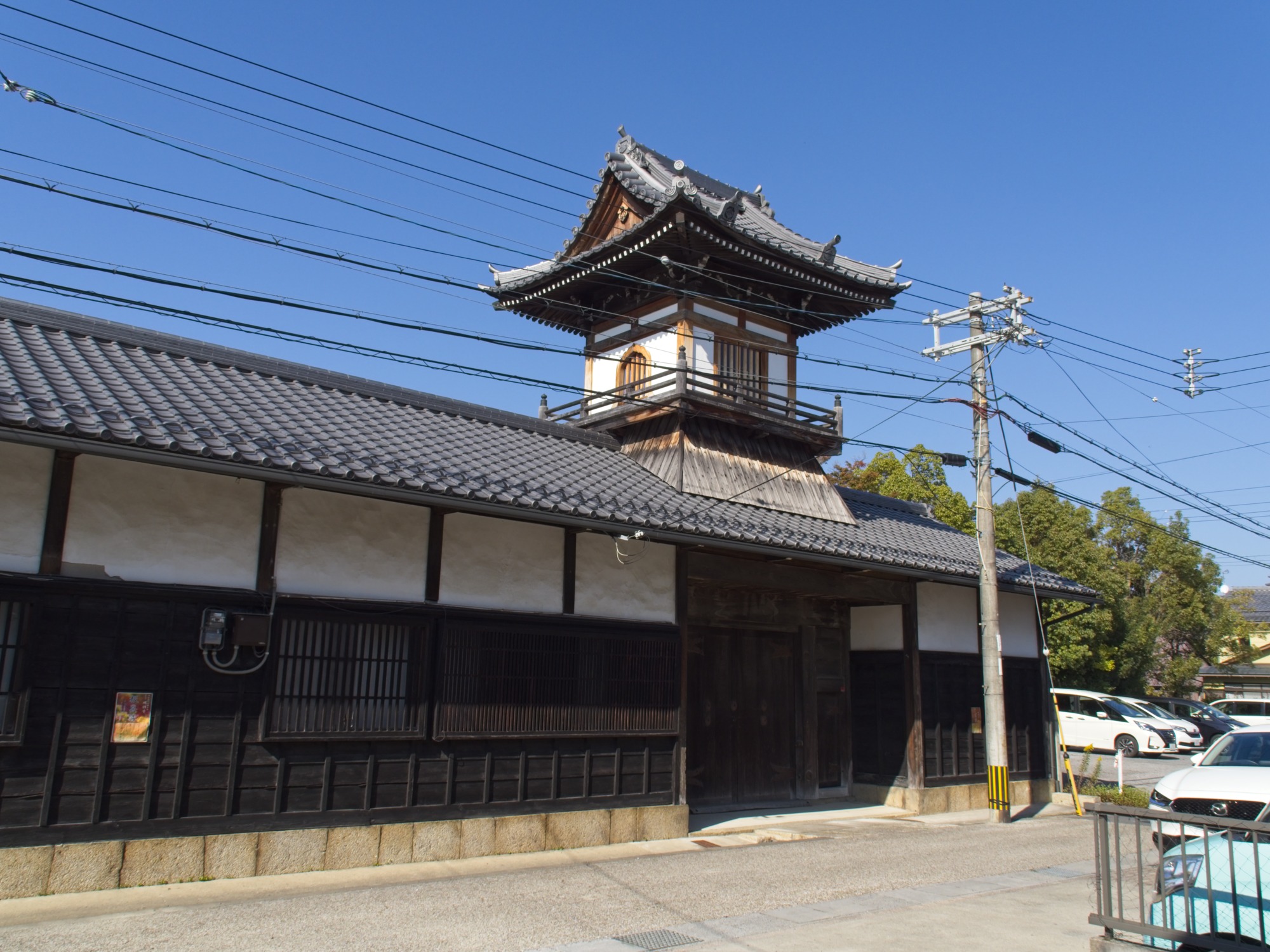



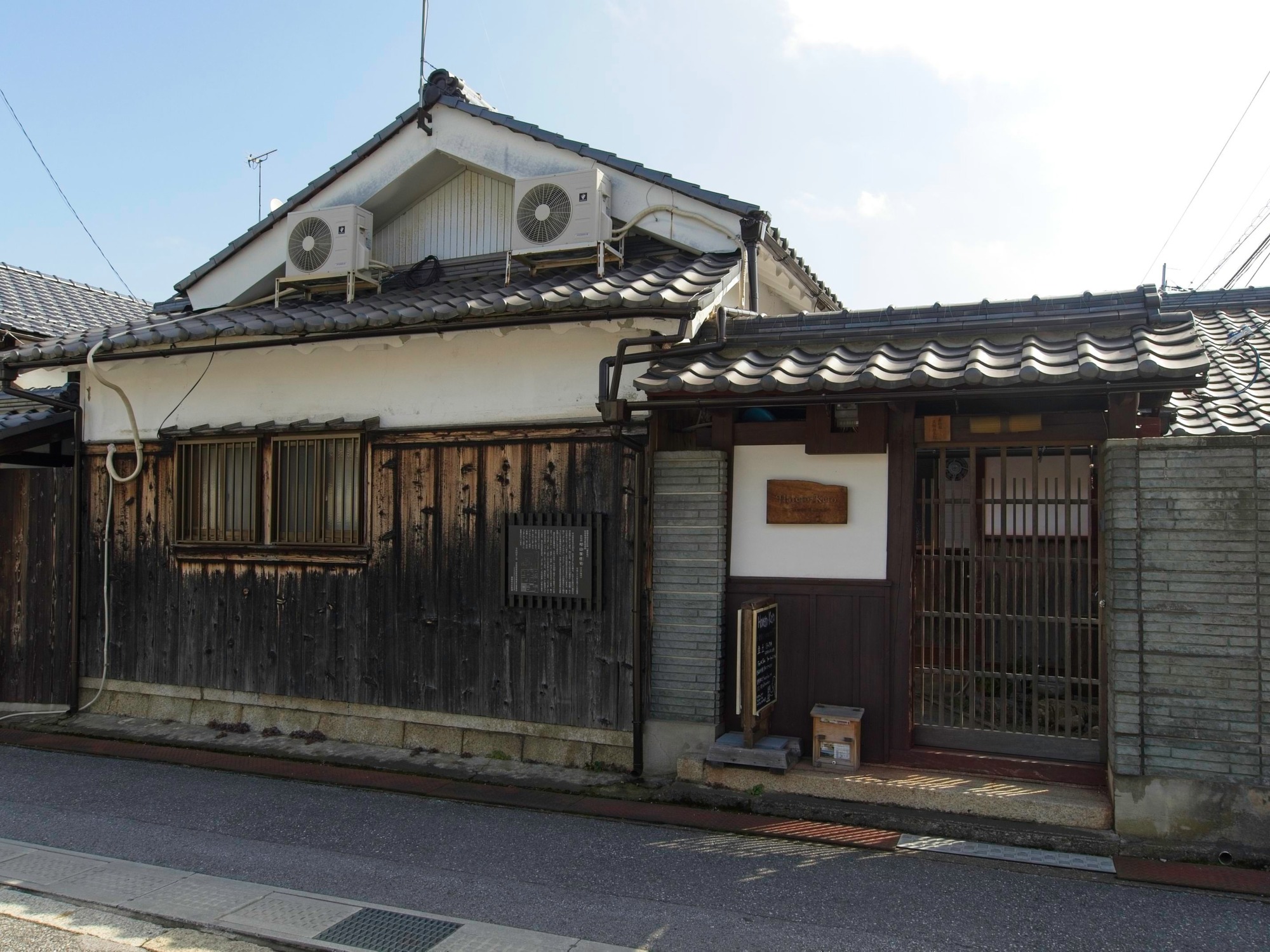
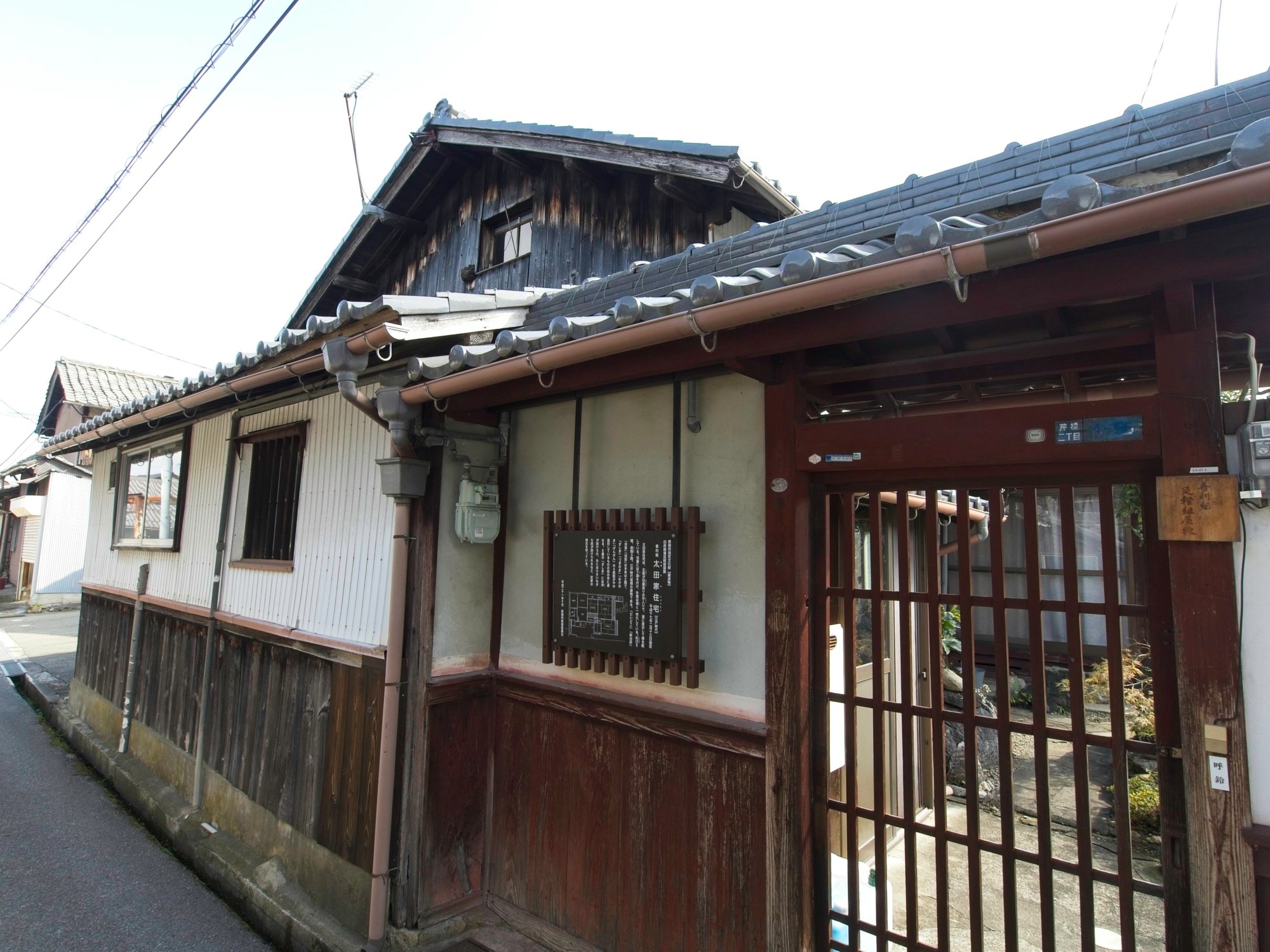
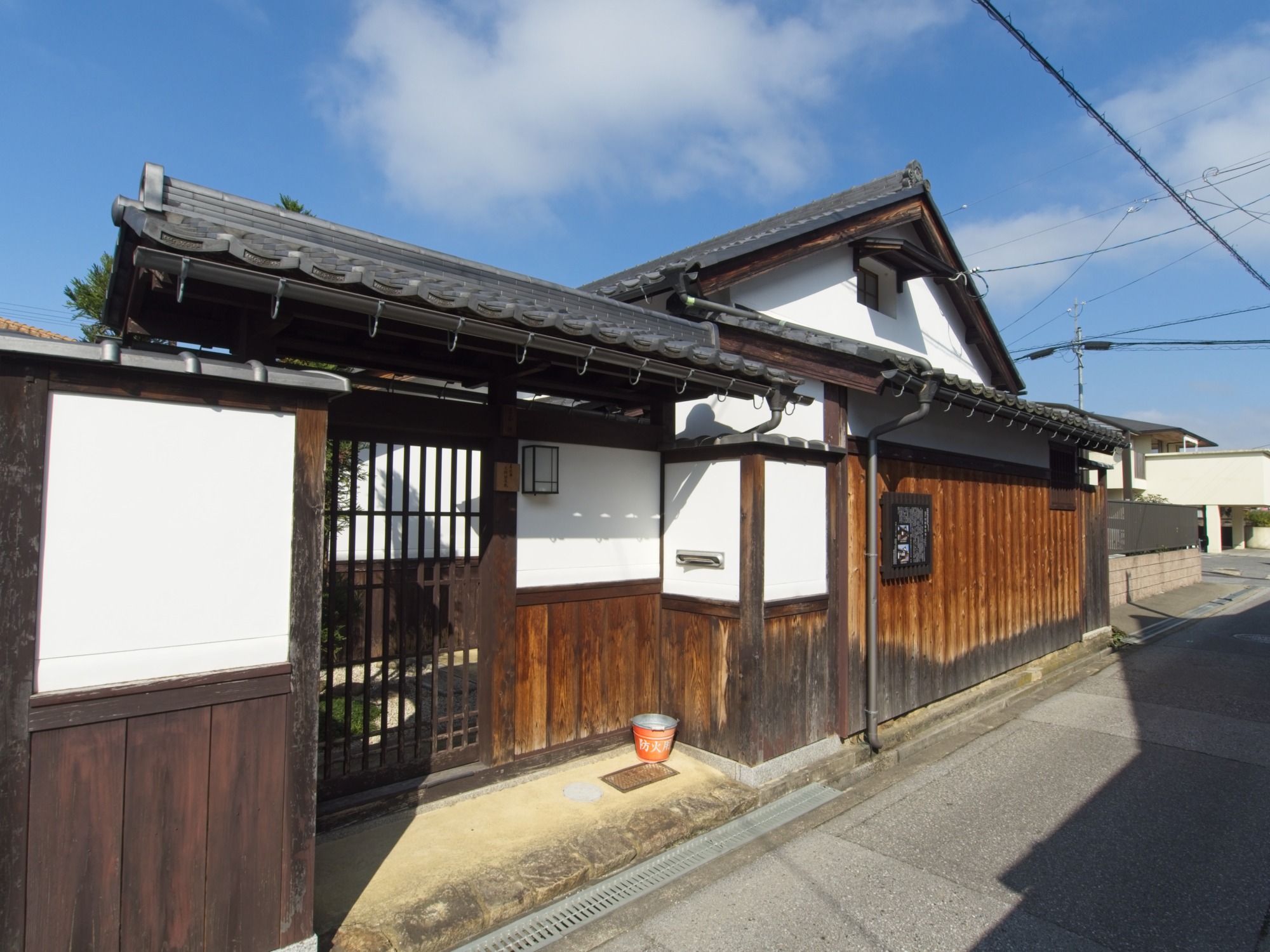


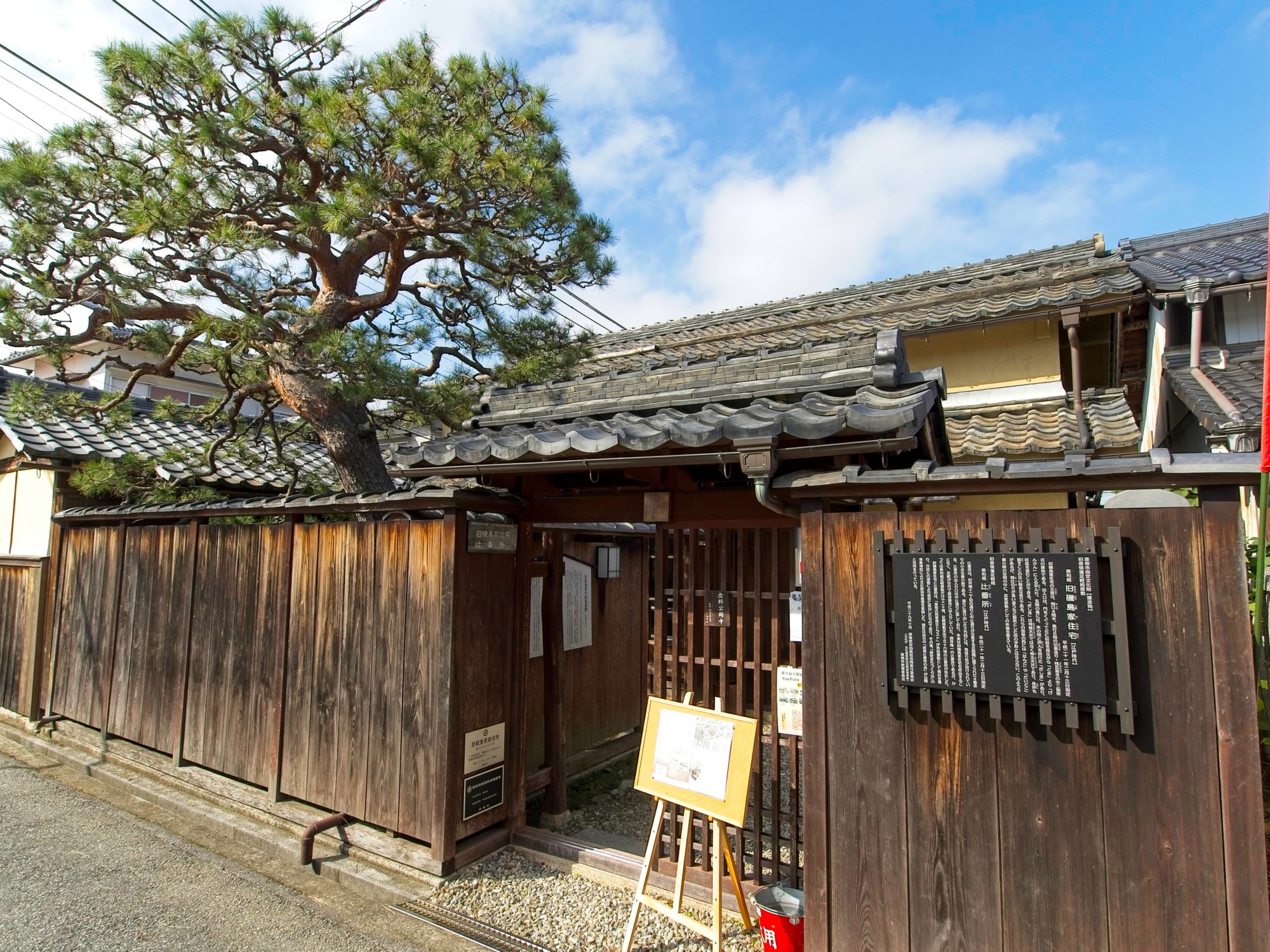



Enable comment auto-refresher
ARTShogun
Permalink |
Anonymous user #1
Permalink |
EricShogun